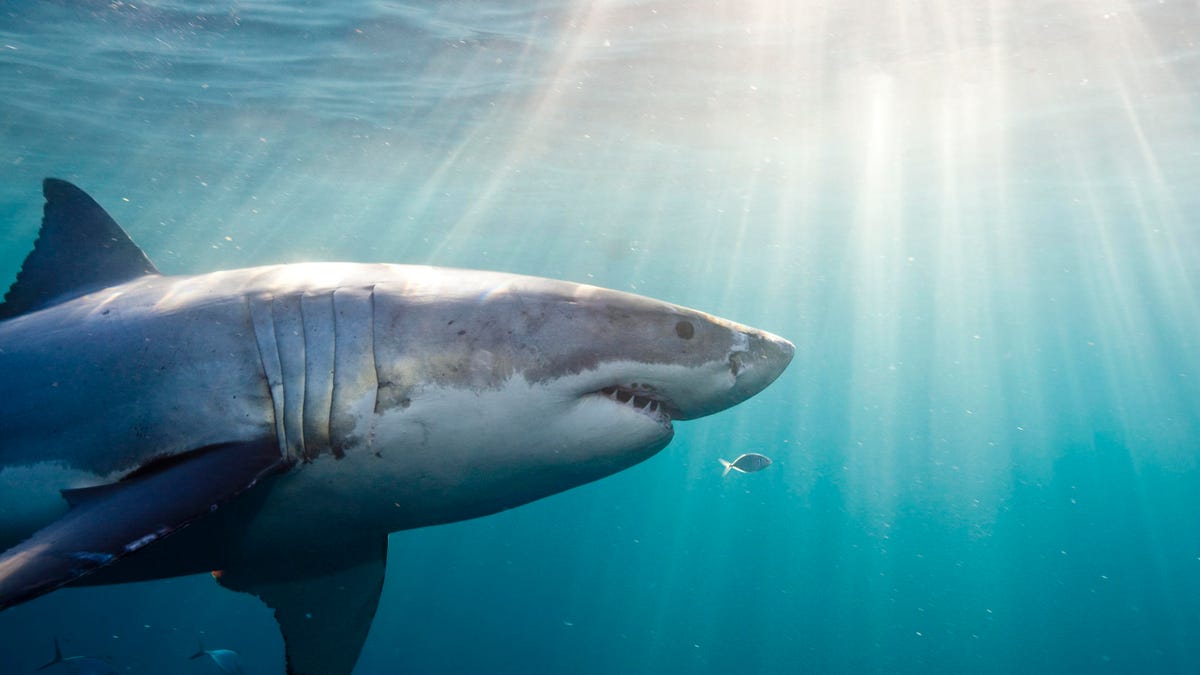Sharks have a new enemy: Magnets
Scientists say a few $2 magnets could be enough to save sharks and rays from dying in commercial fish traps.

Forget The Meg -- researchers are all about the megnets.
Forget the old "shooting the scuba tank" trick. The next time you need to ward off a shark, try wearing a giant magnet.
Researchers at Australia's University of Newcastle have found that attaching magnets to commercial fish traps can successfully ward off sharks and rays, meaning fewer sharks are caught as bycatch.
The study, published in Fisheries Research, found that run-of-the-mill magnets could reduce bycatch rates by 30 percent, and lead to a corresponding increase in fish being caught by commercial fish traps.
According to the study, sharks and rays have special sensing pores around their nose that help them locate prey and which are particularly sensitive to magnetic and electric fields. By kitting out a fish trap with $2 magnets -- at a total cost of roughly AU$30 (around $20) per trap -- the researchers say fisheries can use the sharks' own biology to help save them.
The World Wildlife Fund estimates over 300,000 small whales, dolphins and porpoises die every year after getting tangled in fishing nets, but University of Newcastle lead researcher Dr. Vincent Raoult says magnets could be a simple way to reduce the problem.
"While many of the elasmobranchs [the subclass of fish that includes sharks and rays] unintentionally caught are released back into the ocean, the stress from being out of the water and handled are likely to have repercussions that will last for a period of time after they are released," he said.
"Using magnets not only reduces incidences of elasmobranch bycatch, but also increases profitability for fishermen as they spend less time accidentally catching sharks and rays, and more time catching the fish they want."
Looks like the magnet is the biggest apex predator of them all...
You can see the researchers in action in the video below.
Fight the Power: Take a look at who's transforming the way we think about energy.
'Hello, humans': Google's Duplex could make Assistant the most lifelike AI yet.

